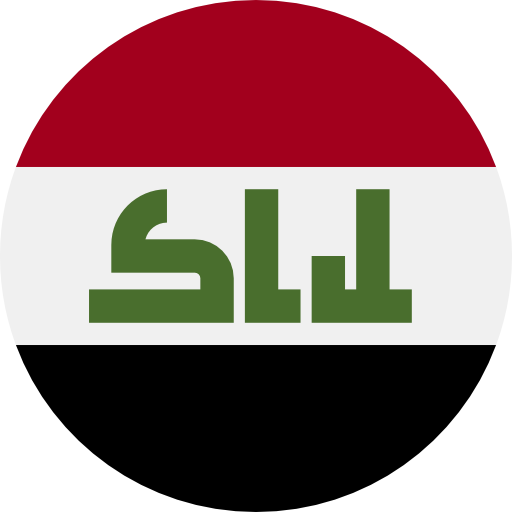
- Home
- Coin Values
- Regions
- Spot Silver Price: $36.4

Silver coins were in regular circulation in Iraq. The values below represent the intrinsic value of silver coins from Iraq.
Iraq silver coins that are in uncirculated condition, or that may be rare and collectible may also have numismatic value. You can use this table as a guide when buying and selling circulated silver coins from Iraq.
The melt values are calculated and displayed in USD based on the today's silver spot price of $36.4 per troy ounce.
| Denomination / Currency | Years Minted | Fineness | Gross Weight (g) | ASW (g) | ASW (oz t) | Melt Value |
|---|---|---|---|---|---|---|
| 20 Fils | 1931- 1953 | .500 | 3.6 | 1.80 | .0579 | $2.11 |
| 20 Fils | 1955 | .500 | 2.8 | 1.40 | .045 | $1.64 |
| 20 Fils | 1959 | .500 | 2.5 | 1.25 | .0402 | $1.46 |
| 1 Dirham | 1931- 1953 | .500 | 9 | 4.50 | .1447 | $5.27 |
| 1 Dirham | 1955 | .500 | 7 | 3.50 | .1125 | $4.09 |
| 1 Dirham | 1959 | .500 | 5 | 2.50 | .0804 | $2.93 |
| 100 Fils | 1953- 1959 | .500 | 10 | 5.00 | .1608 | $5.85 |
| 1 Riyal | 1932 | .900 | 20 | 18.00 | .5787 | $21.06 |
The history of coinage in Iraq dates back to ancient Mesopotamia, where the region was one of the earliest to use standardized weights of silver as a medium of exchange. This rudimentary form of currency laid the groundwork for later coinage systems. During the Islamic Caliphates, particularly the Abbasid Caliphate (750–1258 AD), Baghdad became an economic hub. The silver dirham was widely circulated during this period, and it played a crucial role in trade and commerce. In the 16th century, Iraq became part of the Ottoman Empire. The Ottomans introduced their own coinage system, and silver coins such as the akçe were used extensively. These coins often bore intricate designs and inscriptions. Following World War I, Iraq came under British Mandate. In 1932, when Iraq gained independence, the country introduced its own currency, the Iraqi dinar, which initially included silver coins. These coins were used alongside other denominations and featured symbols of the new nation. By the mid-20th century, the use of silver in coins had largely been phased out due to rising costs and changes in monetary policy. Today, Iraqi currency consists primarily of paper bills and base-metal coins, but historical silver coins remain a subject of interest for collectors and historians.Ancient Mesopotamia
Islamic Caliphates
Ottoman Period
British Mandate and Kingdom of Iraq
Modern Era